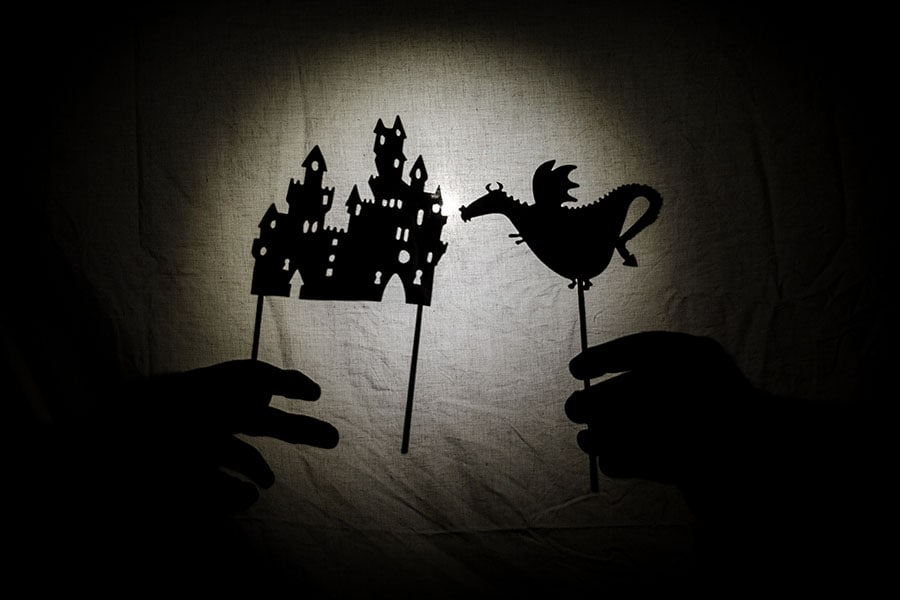
Simply Speaking: Brands need editors. Here's why
The rise of brand journalism signals an exciting time in media and it shows no signs of slowing down. More and more brands are growing their editorial teams and branching into new forms of quality content
 The best editor is the person who can take a modest story and make it big, broad, and powerful. Image: Shutterstock
The best editor is the person who can take a modest story and make it big, broad, and powerful. Image: Shutterstock
I am not the editor of a newspaper and shall always try to do right and be good so that God will not make me one.” - Mark Twain
We can only wonder what Mark Twain would have said about ‘editorial responsibility for a brand,’ but irrespective, he would have to concede it’s an idea which has fully arrived. The designations commonly used may not fully cue this, but brands and businesses are publishers and they need editors.
Brands as stories
When marketing storytelling is done well, it establishes what your brand is all about—its purpose, core values, and mission. It offers the consumer more than just a product or service, but rather an idea and a connection. Marketing has remained the same, but the tools and approaches have transformed. Building an editorial mindset is the first step to inclusive authenticity.
A well-defined story strategy proves to be an invaluable tool. Brands built on clearly expressed core values have, in a sense, declared the truth they plan to live. The process involves inviting the agents of authenticity to be your allies. Open your doors and let them say to your face what they'll be tweeting and blogging about anyway.







